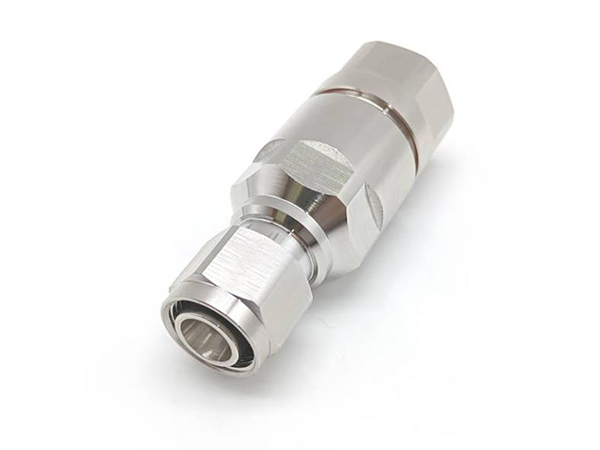 CNT Precision
CNT Precision
Hot keywords:Cable assembly,load,Millimeter wave adapter,Adapter manufacturers

Automotive connector terminal structure design factors
Generally speaking, two basic standards will be proposed for the conductive surface of the automotive connector terminal, one is to ensure the excellent basic performance of the pin jack terminal, the surface of the pin terminal is required to maintain a high degree of smoothness, and its roughness is usually not more than 0.8. Automotive connector terminal structure design factors: The satisfaction of the transmission function of the automotive connector terminal is the basis that the terminal must be complied with before the design. Terminal design and actual production costs need to be strictly controlled, which also leads to the terminal in the actual production of raw material usage need to be compressed. Through the analysis of its design and production process, it is not difficult to find that there is a bottleneck structure in the terminal, and this bottleneck structure is a cross-sectional structure in the conductive surface of the terminal, which will have a great impact on the current carrying capacity, and then affect the conductive performance of the terminal. Generally speaking, two basic standards will be proposed for the conductive surface of the automotive connector terminal, one is to ensure the excellent basic performance of the pin and jack terminals, the surface of the pin terminal is required to maintain a high degree of smoothness, and its roughness usually cannot exceed 0.8; Second, the most important function of the car connector is to carry out current transmission and signal. Therefore, when the pin is designed, its cross-sectional area needs to be greater than the cross-sectional area of the crimped cable, so in the design and production process, the cross section must be properly handled and controlled to ensure the electrical conductivity of the terminal is intact
Auto connector is a combination of auto parts composed of plugs or sockets and configured in the protective sleeve, which plays a role in the transmission of current and control signals and information transmission functions in the internal structure of the car, its form and structure will be designed differently according to the internal structure requirements, but its main components include accessories, housing, pin jacks and terminals. In fact, as an electronic terminal, it is the realization of signal, current transmission and exchange of components, automotive connectors are widely used in automotive, communications and consumer electronics and national defense military and other fields, usually the more widely used automotive connectors are mainly composed of terminals, sheathing, cardboard, which will also include sealing rings and waterproof plugs. From the perspective of structural elements, the automotive connector is composed of the basic interface, contact coating, contact elastic elements and connector plastic body, the connector in addition to its plastic body material composition, the remaining three components are determined by the terminal, which means that the terminal is the core component to ensure electrical connection and signal transmission. Its mechanical and electrical properties and vibration resistance have very high and extremely strict standards. And with the continuous growth of terminal stability and safety requirements, automotive connector terminals are constantly improving in several aspects such as mesh structure design and material coating. The connection of automotive connector terminals is mainly based on the male and female end plugs, and the connector terminals used between different industries need to be designed in combination with their actual requirements and the use of the environment and characteristics, even if the design of more applications will have some small differences. China introduced the automotive connector in the 1970s, when it was mainly replaced by the plug-in process of the original bolt crimping process, and gradually began to expand the scope of market application, and with the rapid progress of the automotive manufacturing industry and the introduction of intelligent technology and new energy technology, Automotive connectors have gradually developed from low-voltage connectors to high-voltage connectors and high-speed transmission connectors. However, the most widely used in the vehicle is still the low-voltage connector, where the terminal form is mainly the chip terminal form